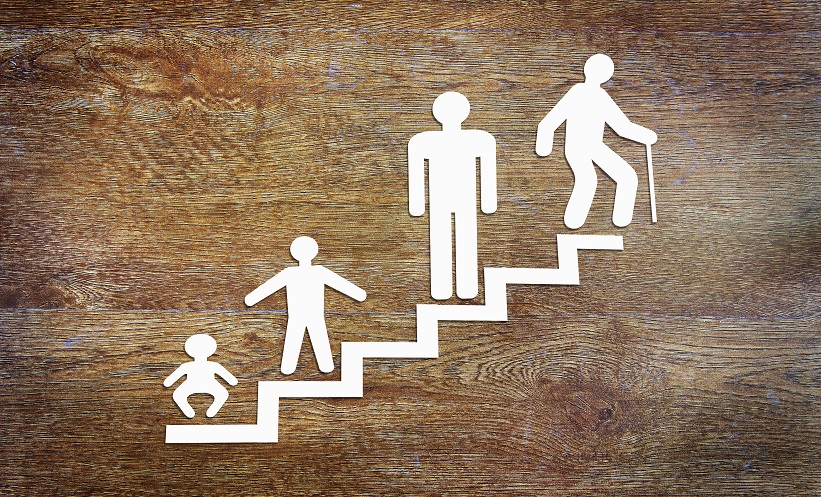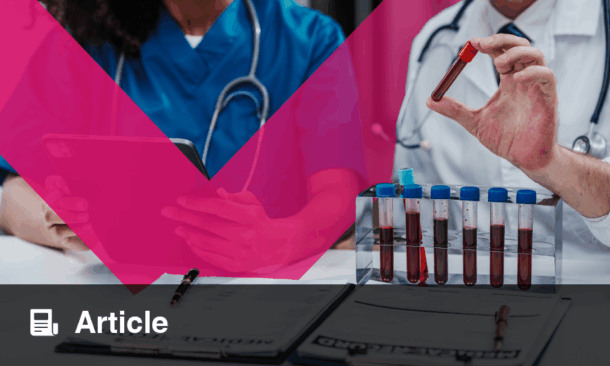A new cohort study suggests that the risk of developing a second primary cancer following radioactive iodine (RAI) treatment for differentiated thyroid cancer (DTC) varies significantly by age. The findings, based on data from the US National Cancer Institute’s Surveillance, Epidemiology, and End Results (SEER) program spanning 1975 to 2021, included 72,412 patients with non-metastatic DTC.
Researchers found that younger adults aged 15 to 44 who received RAI faced a significantly higher risk of developing blood cancers, particularly myeloma, with a relative risk (RR) of 4.22 compared to those not treated with RAI.
In the 45 to 64 age group, RAI was linked to elevated risks of prostate cancer (RR: 1.61), salivary gland cancer (RR: 10.22), and nodal non-Hodgkin lymphoma (RR: 2.81). Although the overall risk of solid tumours was not raised in this group, the risk for haematological cancers was significantly higher.
Among patients aged 65 and over, the study revealed increased risks for several solid cancers, including those of the stomach (RR: 10.52), oesophagus (RR: 11.42), and non-epithelial skin (RR: 10.52), as well as acute myeloid leukaemia (RR: 3.26). The overall risk of solid second cancers in this group was nearly doubled (RR: 1.88).
These findings highlight the need for age-specific follow-up strategies in DTC survivors treated with RAI. The authors suggest that long-term surveillance should account for age-related vulnerability to different secondary cancers, although further research is needed to establish optimal screening protocols.
Reference
An JJ et al. Age-specific risk of second primary malignant neoplasm after radioactive iodine treatment for differentiated thyroid cancer. JAMA Otolaryngol Head Neck Surg. 2025; doi: 10.1001/jamaoto.2025.2626.







